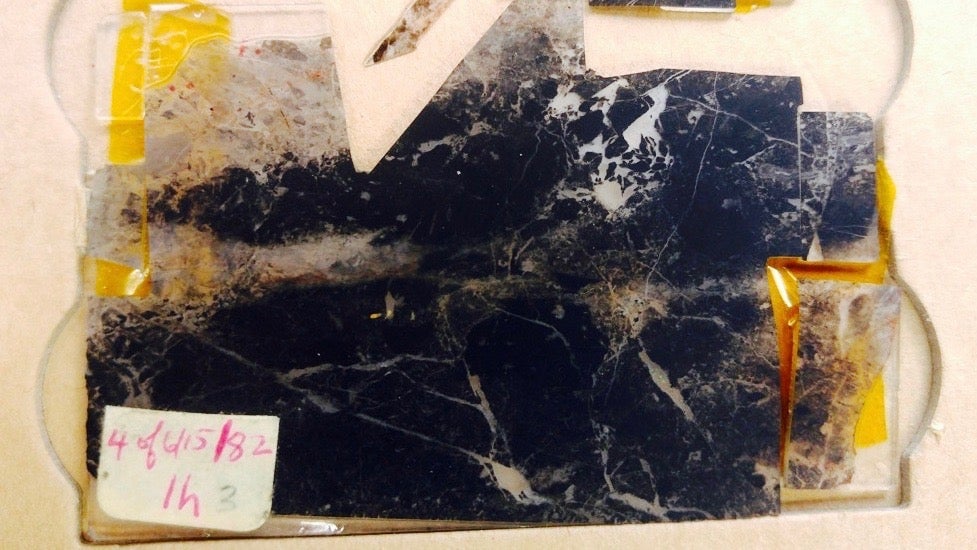Scientists finally confirm there was life on Earth 3.5 billion years ago
As humans, it’s difficult to take the long view of history because we’re the new kids on the block, having only been around 3 million years or so. Although you may feel old by the time you’re an adult, the reality is that people are a recent development. The first life forms existed long before our arrival, now confirmed as some 3.5 billion years ago.


As humans, it’s difficult to take the long view of history because we’re the new kids on the block, having only been around 3 million years or so. Although you may feel old by the time you’re an adult, the reality is that people are a recent development. The first life forms existed long before our arrival, now confirmed as some 3.5 billion years ago.
For more than two decades, there has been a dispute in the scientific community over the oldest fossils ever found. Paleobiologists have finally laid the debate to rest today (Dec. 18), with a new study in the Proceedings of the National Academy of Sciences that uses the latest techniques to date the most aged remains available, confirming the existence of bacteria and microbes nearly 3.5 billion years ago, possibly living on a planet without oxygen.
The research, led by paleobiologist William Schopf of the University of California-Los Angeles and geoscientist John Valley of the University of Wisconsin-Madison, has been in the works for what seems a long time to most, but which the academics know is merely a blink of the eye in terms of life on Earth. The specimens in question, mostly now-extinct bacteria and microbes, were found in 1982 at the Apex Chert, a rock formation in Western Australia, in a piece of rock.
In 1993, based on radiometric analyses of the rock, and the shape of fossils, Schopf dated them as biological beings that existed 3.45 billion years ago. The rock held the earliest direct evidence of life, Schopf thought, and inferred from it that creatures existed over a billion years earlier than anyone previously believed. But some scientists argued that this claim was too speculative and that the microfossils, invisible to the naked eye, were really just weirdly-shaped bits of rock, strange minerals that only seem to contain biological specimens but do not.
Since then, technology has improved and Schopf and Valley teamed up to devise a new way to analyze the rock specimen, which now lives in the London Museum of Natural History. Valley spent 10 years developing a method to analyze the individual species that are shaped like tiny cylinders and filaments.
Any type of organic substance (including both rock and microbe) contains a characteristic mix of carbon isotopes. Using a secondary ion mass spectrometer (a very rare tool, one of which is housed at the University of Wisconsin), the scientists were able to separate the carbon in each fossil into isotopes. That way, they could measure the carbon-isotope makeup of each fossil, and compare those to fossil-less rocks from the same era.
The difference in carbon-isotope ratios between the fossils and fossil-less rock showed Schopf was right about the fossils he found years ago, according to the study. The rock, already dated as 3.5 billion years old, has now been shown to contain the remains of simple biological life as old as the rock they were found in.
Moreover, Schopf and Valley were able to connect specific carbon-isotope ratios to specific fossil shapes—essentially, enabling them to identify a handful of different ancient living beings. After analyzing the microfossils individually, they identified five species, concluding that two were photosynthesizers, two were methane-consuming organisms, and one produced methane.
Many years of study, debate, and work have confirmed the earlier claim that life on Earth originated very, very, very long ago, or so the researchers believe. “I think it’s settled,” Valley said in a University of Wisconsin statement on the study. “These are a primitive but diverse group of organisms.”
Correction: An earlier version of this story said the rock was carbon-dated. It was radiometrically-dated as 3.5 billion years old.